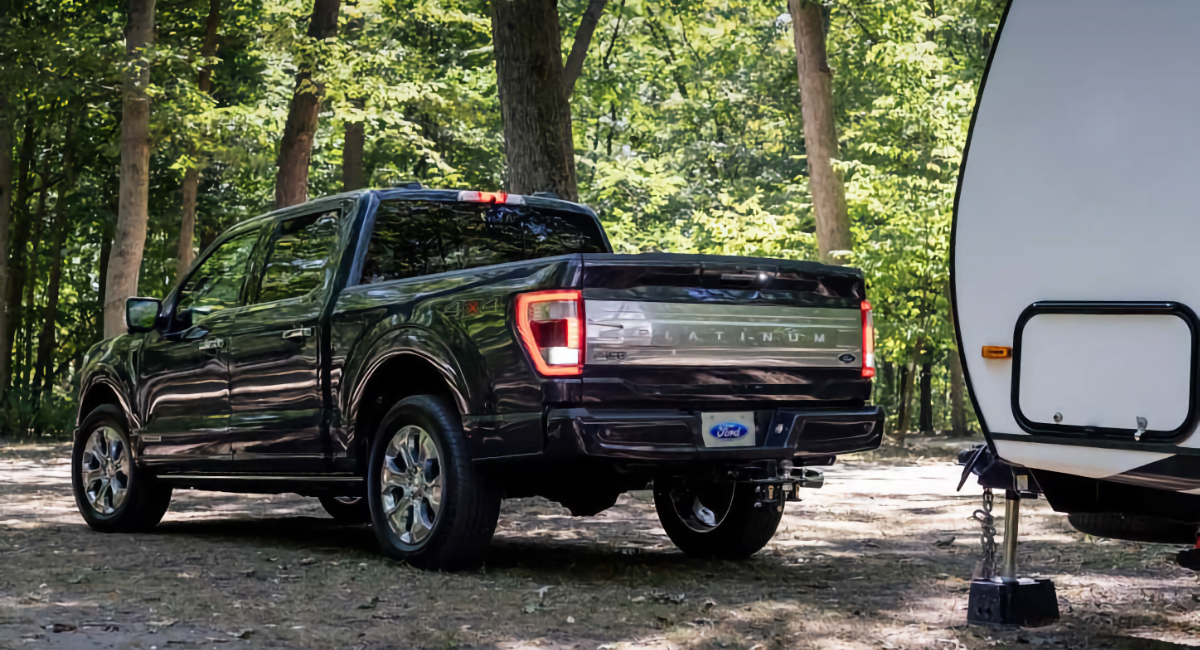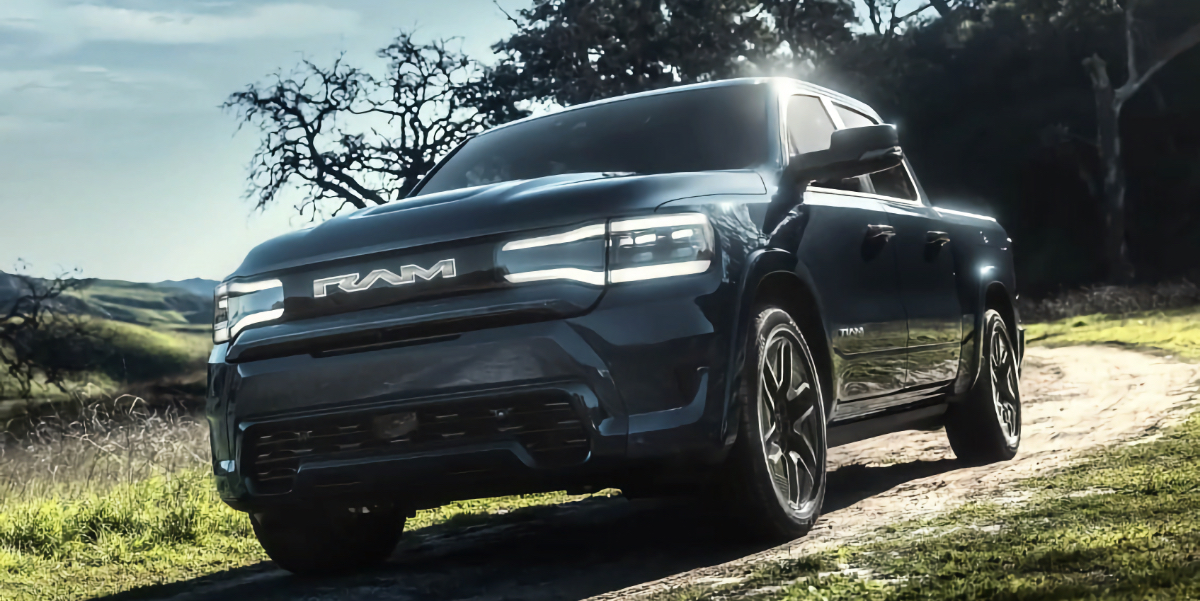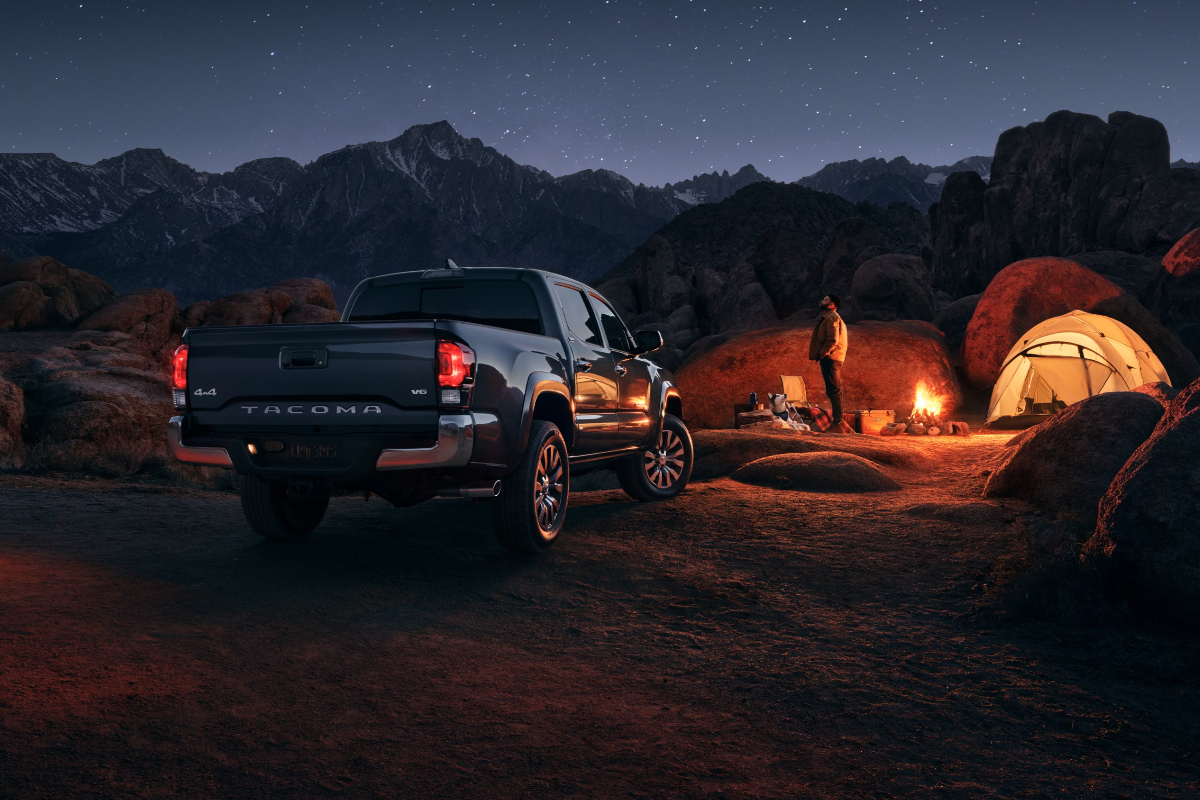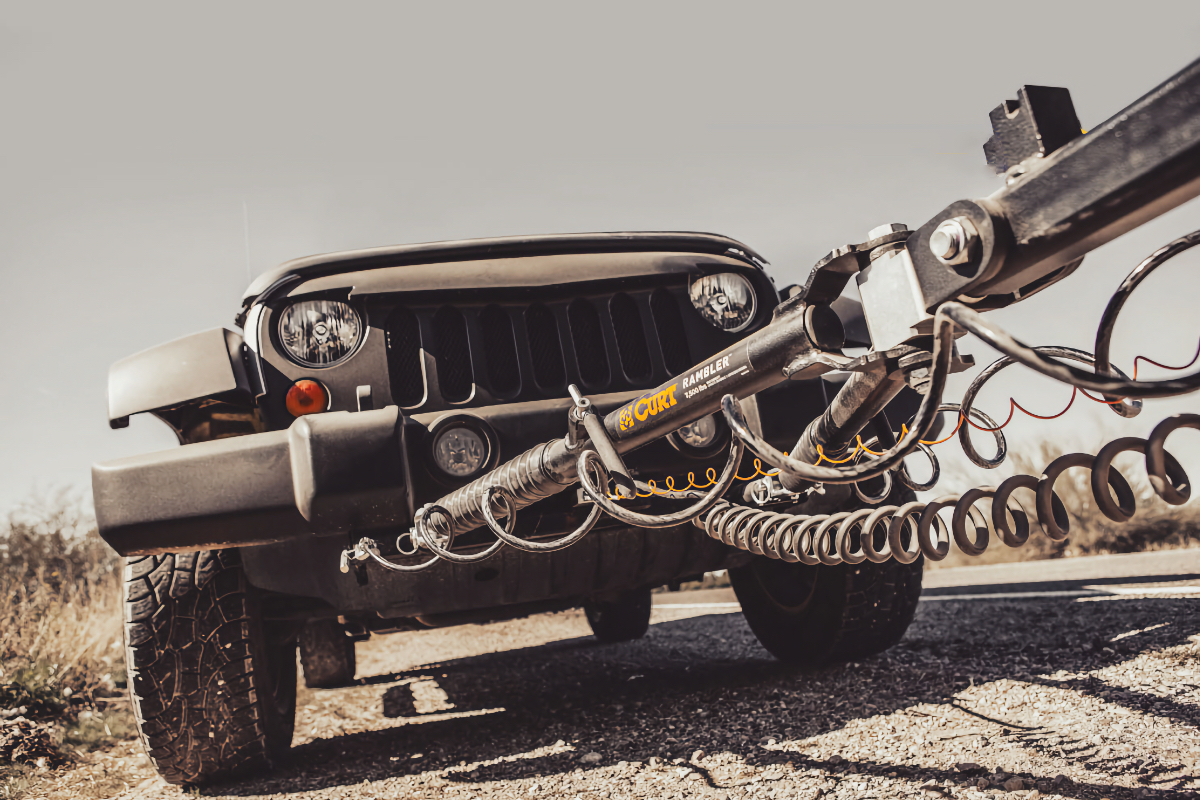Different Ball Hitches and When to Use Them
Image Caption: Don't go camping in 2021 without going over the checklist below! (Image from Camping World)
When it comes to RVing, there are two factors most people tend to focus on: finding the RV to suit their needs, and then where to take it. However, there is another part of the RVing equation – towing.
The perfect RV and the perfect destination will leave you disappointed and delayed if you haven’t planned how to connect the two. Trailering an RV isn’t difficult, but it does involve a bit of research and forethought to ensure travels are as smooth as possible. Knowing which ball hitch works with your vehicle and RV helps tremendously. Let’s discuss different ball hitches and when to use them.
You may also like to refresh your knowledge with our technical glossary of RV terms.
What is a Ball Hitch?
A ball hitch is a ball-shaped attachment that makes it possible to connect your travel trailer to a hitch. Ball hitches are usually used on vehicles that are towing small boats or trailers – or an RV. The ball hitch attaches to a trailer coupler for a tight, smooth towing experience. Towing capacities vary depending upon the size of the ball hitch. In short, a ball hitch makes it possible to safely and securely tow your camper to its destination and back again.

If you’re towing a travel trailer, you’ll be using a typical ball hitch like this. (Image from Camping World)
Different Types of Ball Hitches and When to Use Them
Choosing the correct ball hitch for your needs is crucial when it comes to towing your RV. If you select the incorrect one, you risk the RV being too loose or even becoming unhitched. While all ball hitches are designed to perform the same, the main difference comes down to size. Measurements refer to the diameter of the trailer ball itself.
There are 3 standard size ball hitches: 1-7/8-inch, 2-inch, and 2-5/16-inch. On occasion, you may find a 3-inch ball hitch, but the standard sizes are most prevalent. In addition to size, it’s important to focus on the weight capacity each ball hitch is rated for. Generally, lighter RVs will require the use of a smaller ball hitch. The bigger the RV, the bigger the ball hitch.
1-7/8-inch Ball Hitch
This size is ideal for light-duty towing like passenger cars, crossovers, or minivans. Most are rated for a weight capacity up to 3,500 lbs. and typically come in stainless steel or chrome, making this the perfect choice for most small campers and pop-up campers.
2-inch Ball Hitch
This size is the most versatile and range in towing capacity from 3,500 lbs. up to 12,000 lbs. These are the most used and can often be found towing vans, SUVs, as well as Toyhaulers and travel trailers.
2-5/16-inch Ball Hitch
This size is built for heavy-duty towing such as full-size trucks, larger SUVs, and fifth-wheel campers. The weight capacity ranges from 6,000 lbs. up to 30,000 lbs. Much like the other two sizes, these come in stainless steel and chrome, but can also be found in raw steel.
3-inch Ball Hitch
This size is often constructed from raw, heat-treated steel for superior strength and unmatched durability. The weight capacity is rated up to 30,000 lbs. and these can be found welded onto a gooseneck hitch for gooseneck towing.
Measuring a Ball Hitch
Ball hitches have four measurements that determine their size: ball diameter, shank length, shank diameter, and shank rise.
The ball diameter is regarding the diameter of the ball sphere itself. The shank length is the length of the shaft extending beyond the mounting base of the ball. The shank diameter is the diameter of the threaded shaft. Lastly, the shank rise determines how high the ball hitch sits off its base. The height of the shank can be used to level the item you’re towing if the rise or drop of a ball hitch isn’t adequate.
Determining the Correct Size for Your Towing Needs
The correct size of ball hitch can often be determined by three qualifiers: your coupler size, trailer ball hole diameter, and towing capacity.
Most manufacturers label or stamp the correct trailer ball size on the coupler for easy access. Simply select the ball hitch diameter by matching it to the coupler size. It’s imperative that your trailer ball and coupler have a solid connection before towing.
Another size to note is the diameter of the trailer ball hole. Since this is where the ball hitch bolts, it’s crucial to know the actual diameter so you can choose a ball hitch with a matching shank diameter. If the shank is too small, it shifts during towing and could come loose.
Weight capacity is perhaps the most important detail when it comes to towing. The weight rating of a ball hitch must exceed the weight of the item you’re towing. In other words, you simply cannot safely tow your luxury fifth wheel with a 2-inch ball hitch. It’s best to size up.
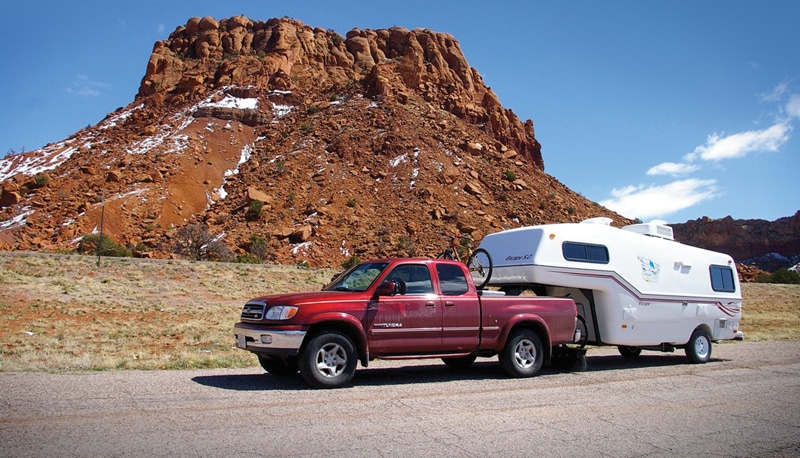
Towing with the correct size ball hitch provides peace of mind on the road.
Towing an RV
When it comes to towing an RV, the two most common ball hitches are the 2-inch or 2-5/16-inch. If you’re in the market for a ball hitch, starting with these sizes is a safe bet in finding the perfect fit for your towing needs.
Brush up on the hitch maintenance you should do every spring, so your tow vehicle and trailer are ready to hit the road. Before you know it, you’ll be towing like a pro.
Still nervous about what comes next? Follow this step by step hitching up guide.
If you need help in selecting the right ball hitch for your RV, contact the service professionals at your local Camping World. Trained technicians will help you find the best option, and also install it for you. We like to focus on the details, so you can focus on the road (or the off-road) ahead.

